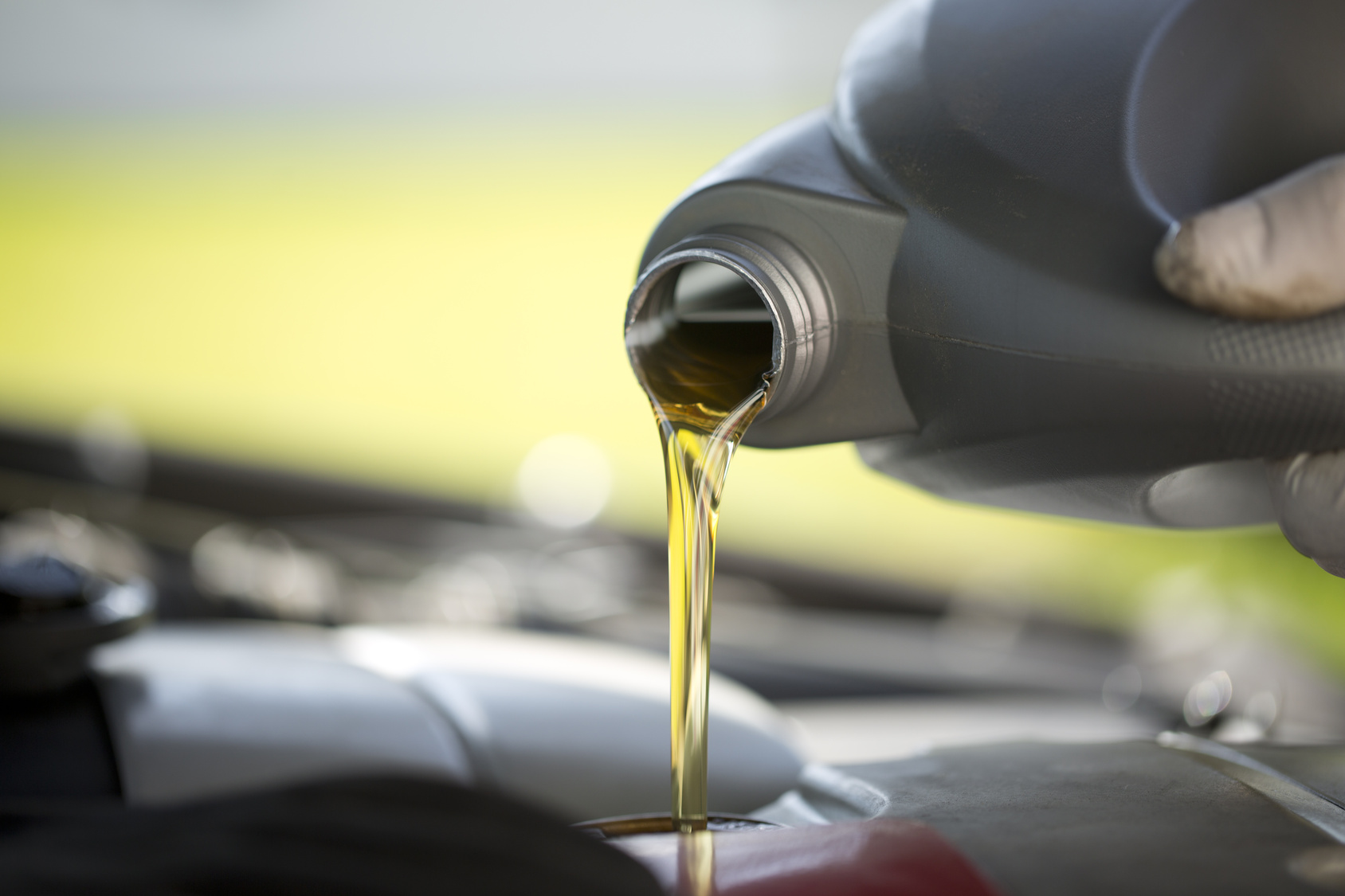By Shari Prymak
As far as maintenance is concerned, fluid changes are probably one of the most debated areas. On the one side, you have car manufacturers which will try to convince you that their modern cars can easily go 10,000, 20,000, even 30,000km in some instances between oil and filter changes. On the other side, you have the old-school mechanics or car owners who swear by the 3 month/ 5,000km oil and filter change interval, no matter what anyone says. So who is right? We will take you through each type of fluid to determine the proper intervals for each.
Oil Service
There is truth and logic to both sides of the oil change debate, however, neither one is perfectly correct. Modern car engines, as well as modern lubricants, have evolved to the point where extended (beyond 5,000km) oil change intervals are possible. There is a limit however, and, in our opinion, no car should go anywhere near 30,000km without a service.
The appropriate oil change interval for any car is dependent on a number of factors which include: 1) What type of car you drive 2) What type of oil your car’s engine uses 3) How far, how often, and what type of driving you do. Normal driving conditions are considered those in which a vehicle is driven regularly for extended periods of time, such as highway driving, mild weather. Severe driving conditions, on the other hand, are considered those in which a vehicle is driven short distances, infrequently, or in extreme weather. All vehicles in Canada should follow a severe maintenance schedule.
For cars which use conventional petroleum-based oil, many manufacturers recommend a change interval of 7,000-8,000km using their recommended oil and oil filters. This could be an acceptable interval under normal driving conditions, however, as mentioned before, we Canadians must follow the severe maintenance schedule, which means that the interval should be 5,000-6,000km.
For cars which use synthetic oil, manufacturers typically recommend a change interval which is generally longer than that of conventional oil, sometimes upwards of 30,000km. While many synthetic oils do indeed have many advances and benefits which can allow an extended change interval, we would never leave any oil in any car for 30,000km.
For cars which use synthetic oil, a change interval of 8,000-10,000km is usually fine for most cars in normal driving conditions, and 7,000-8,000km for severe driving conditions.
For cars which are driven less than 5,000km per year, then it is recommended that an oil and filter change be performed at least once a year.
Transmission Service
Modern automatic transmissions can be a real tough cookie. Some are so complicated (ahem, technologically advanced) and so ridiculously expensive that servicing them has become tricky business. Even a lowly Hyundai Accent has a 6-speed auto, and automatics with as many as 10 speeds are not far off.
It is not uncommon to hear of a car with a properly shifting transmission that went in for a transmission fluid flush and came out with a slipping, essentially broken, transmission. The risks and potential costs of servicing automatic transmissions has gotten to the point where, in our opinion, it should only be done by dealers or independents who specialize in the particular vehicle. And of course, only manufacturer approved fluid and filters should be used.
As complicated as it can be, it should still be done to help prolong the life of the transmission, which can cost upwards of $8000 to replace. Many manufacturers use synthetic fluids in their transmissions and have change intervals around 100,000 to 160,000km. Some don’t even recommend transmission fluid and filter service and call their fluids and filters “lifetime” components, but that’s a whole new can of worms.
In our opinion, an automatic transmission fluid and filter change should be performed every 80,000 -100,000km. If your car manufacturer recommends it be done more frequently, go for it.
Note that this is a mileage-based change interval, not time-based. Your transmission fluid can be in service for 10 years or longer if the car is hardly ever driven.
Continuously variable transmissions, or CVTs, are another animal altogether. They are unlike any other type of transmission. Change the fluid according to the manufacturers recommended interval, which should fall somewhere around the 100,000km range.
Manual transmissions are far easier to service than automatics, usually only requiring a simple drain and fill procedure. This should be done every 50,000km. A properly maintained manual transmission should shift and function properly for a very long time, even for the life of the car in many cases.
Dual-clutch automated manual transmissions have similar servicing requirements to manuals. They are essentially just a manual transmission with two computer controlled clutches, which means they should be serviced like a manual transmission. We recommend a fluid change every 50,000km.
Differentials and All-Wheel Drive Transfer Case Service
Change the transfer case fluid and the differential fluid every 50,000km. Changing these fluids helps prolong the life of these expensive driveline components. Note: only all-wheel drive cars have a transfer case.
Cooling System Service
The cooling system should be checked for leaks and proper function at service time, and should have a complete coolant flush every 4-5 years. Coolant becomes contaminated and can cause corrosion/oxidation over time. A complete flush (both radiator and engine block when possible) will help prolong the life of the cooling system components and help prevent engine leaks. We recommend that you use coolant which is manufacturer approved. Some cars have very sensitive systems and the risks (and costs) are too great, in our opinion, to risk using department store brand coolant for a cooling system flush.
Brake Fluid Service
The complete braking system should be checked for wear and proper function at service time. Brake fluid should be flushed every 2-3 years to ensure proper braking function and help prevent failure of brake components like brake calipers.
Power Steering System Service
If your car has hydraulically assisted power steering, have the fluid changed every 50,000km. This service can help extend the life of steering components like the rack and pump. If your car has electrically assisted power steering, there is no fluid to service.
Remember, fluid changes are one of the more variable and debatable areas of car maintenance. This information is simply based on what works for many professionals and car owners. The only true way to determine the right oil change interval for any given car is regular oil analysis. That is, taking oil samples from a car at service time and sending them to a chemical lab for analysis to determine quality, wear properties, recommendations, etc.

